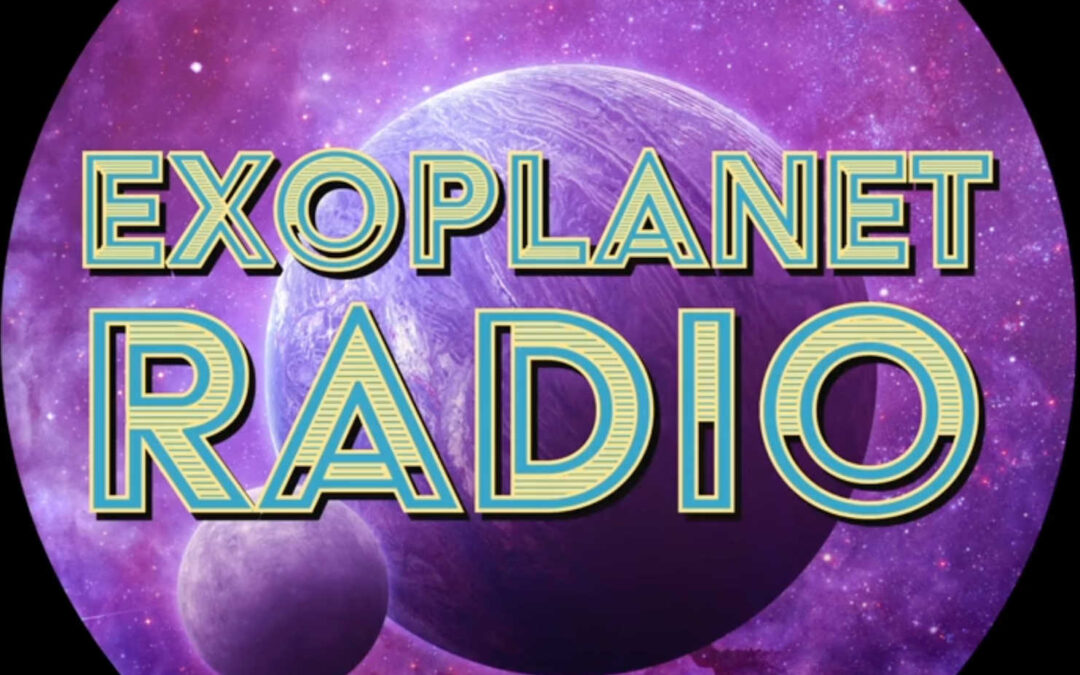Black holes have been largely theoretical until the LIGO observations announced earlier this year. Thanks to those observations, we now have another way to study and observe these amazing celestial objects.


Black holes have been largely theoretical until the LIGO observations announced earlier this year. Thanks to those observations, we now have another way to study and observe these amazing celestial objects.

Are we alone? How unique is our Earth? Should the hunt for life beyond Earth uncover a multitude of habitable worlds and few (if any) inhabited ones.

If we send humans to Mars, will they be able to survive? How hostile is the solar system for human exploration?

It’s not surprising that there’s a lot of interest in the topic of getting a good job in astronomy. What sorts of jobs can one get with a degree versus without one? Let’s discuss this on our first Astronomy Coffee Hangout in quite a while.

TRAPPIST-1 c receives a similar amount of radiation from its host star as Venus gets from the Sun. So the question, is this planet habitable?


There are planets in orbit around stars outside our solar system – and even rogue planets. But finding them is very hard. They are small and dim. But ideally, we’d like to see them directly, in our telescopes. Is that possible?

In our galaxy, there are many planets that wander alone in the dark, without a star to orbit. Some of these rogue planets could have moons which remain in tow, and these moons could be more than just cold and barren rocks.


Astronomers have found evidence of a possible planet outside of our Milky Way galaxy. If confirmed, this is the first time that a planet has been detected in another galaxy. It is located in the spiral galaxy Messier 51, also called the Whirlpool Galaxy.